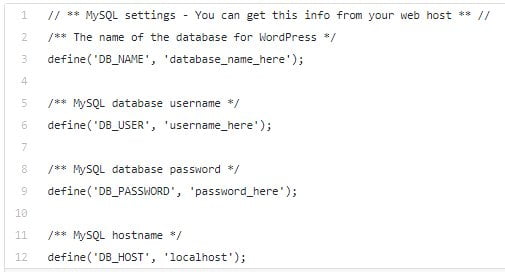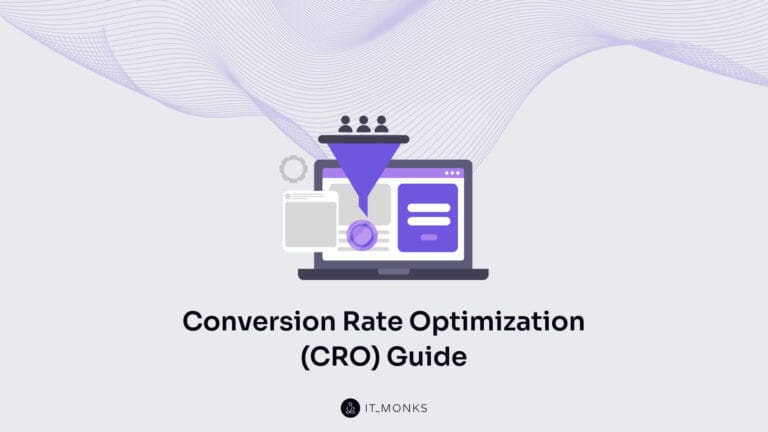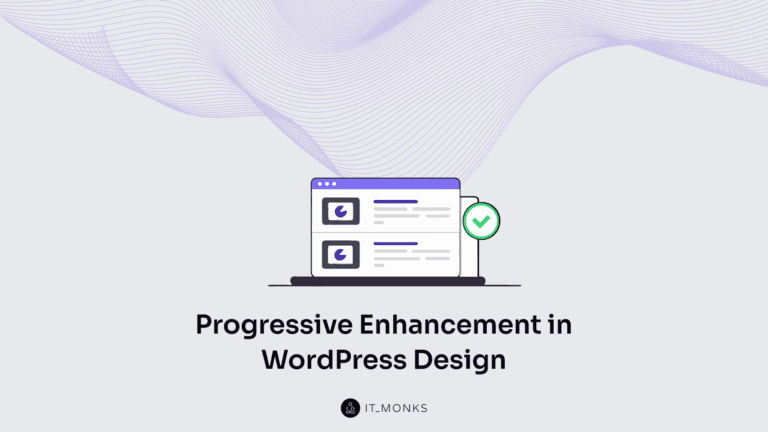2 Ways to Test a WordPress Site Backup Before Restoring It
Table of Contents
We’ve already said a lot about the importance of doing regular WordPress site backups. While keeping a copy of the working version of your site stored on a cloud or a hard drive, you can always get back to it and restore your site at the point when it is fully functional. As the WordPress site owner, you should have probably taken the proper care of its proper maintenance and backup strategy. What about testing WordPress site backups before using them on your site? We recommend you play safe and test the backup version carefully to protect your data from loss and outages.
With that said, the goal of this article is to show you how to test WordPress site backups manually or to use dedicated plugins before restoring them.
WordPress Site Backup Importance
Building a new website and keeping it up and running is a big investment in time and money. You never know when something goes wrong and when you need to start again from scratch. According to the stats shared by CloudTweak, downtime costs an average of $26 billion a year in lost revenue and an average enterprise loses about $686.000 for every hour their website is down. Your website may not be even close to those figures but the stats should give you an idea of how massive the consequences may be when you do not take the needed actions in time.
Besides the immense losses of time and money, website downtime can significantly affect your site’s ranking. If your site goes down and you need to rebuild it from scratch, you will need to spend months (if not years) to regain your previous rankings on Google. When your site’s pages are lost beyond recovery, all your SEO efforts will be worth nothing and you will need to start working on your site’s optimization from scratch.
Whenever anything happens to your site, you need to act fast. The best way to do it is by restoring your site’s backup version. The entire process won’t take longer than a few minutes and your site will be up and running once again.
Common WordPress Threats
Unfortunately, none of us is immune to threats and hacking attacks. So is your WordPress site. There are many types of threats that your site may face. Let’s enumerate some of the most common causes.
- Hacking attacks. In most cases, hackers try to steal money from your site or your private information. Some of them may simply come to crash your site only for the sake of doing it. When your website crashes, and your data gets violated, you cannot recover it unless you have a backup.
- New malware and viruses are released on the web daily. They may not get your site out of order entirely, but they may affect its performance and user experience. Cleaning your site from viruses will take some time, so using a WordPress site backup should be a quicker and safer solution.
- We are all humans and make mistakes. You can delete a file or change the source code of your site unexpectedly, which may affect your site’s performance. However, this is not an issue if you have a backup ready.
- WordPress releases updates regularly. However, the fix may become a problem and your website stops working correctly. Keeping a backup version of your site in handy, you can easily fix this issue.
These are some of the most common reasons why your website may experience downtime. Whatever happens, you should be ready to act fast. Keeping a working WordPress site backup version is always in handy and being able to test the backup before restoring it should make you feel safe that you do it right and your site will be up and running after you use a backup.
2 Ways to Test WordPress Site Backups
There are two common ways to test your WordPress site backup version before you restore it. It includes doing manual testing and automated tests using a backup plugin. Let’s see how each of these approaches works.
Testing WordPress Site Backup Manually
To test a WordPress site backup, you need to set up a local testing environment on your PC.
The first step you should take is to uncompress the existing WordPress backup file, which should normally contain the following files:
- Database backup file in SQL, ZIP, or GZIP file format
- Core and customized WordPress files
Once done, take the following steps in the order described below:
- In the uncompressed backup file, open the wp-config.php file. Find the database name and user credentials (like it’s shown in the example below).

- Add a note with your database name and the user credentials (in the example provided above – these are username and password).
Next, you need to create a new database with the following steps:
- Log in to the phpMyAdmin.
- Click “Create” to add a new and empty database file.
Next, you need to create a database user with the credentials described in the first step. Please mind that it’s CRITICAL to create a new database user with the same name as in the wp.config.php file in order for your WordPress site backup test to work the way it’s supposed to be.
To create a new database user:
- In the phpMyAdmin tool, click “Add User.”
- Grant all database privileges to the newly added user.
To import the Database Backup:
- Click the newly added database file.
- From the “Format” tab, select the existing database backup file (from your local computer) that you want to import.
- Click “Go” to import the selected file.
Now, you can upload your WordPress files to the testing environment.
After you finish copying your WP files, open wp-config.php and find the following line of code:
define (‘DOMAIN_CURRENT_SITE’, ‘your-site.com’);
Instead of “your-site.com” use “localhost” and save the file.
Once you complete all the steps described above, you can go ahead and start testing your WordPress site backup in the local testing environment.
Testing WordPress Site Backup Using a Backup Plugin
There are lots of handy WordPress backup plugins that you can use for testing WordPress site backups. BlogVault is one of the leading WordPress plugins used for this purpose.

With the help of the BlogVault Backup plugin, you can easily set up a local environment for testing your existing WordPress site backups, as well as enjoy a whole lot of other benefits like:
- Use the Auto Restore functionality to test backups and restore your site from the centralized dashboard.
- There won’t be any load on your web server since the restore, and backup process take place on the client’s web server.
- The Rest Restore functionality lets you test your stored backup versions on a “staging’ website, which is the exact copy of your live site.
- The plugin will be useful for running tests on large websites with over 300GB of data.
- There is also an advanced auto-recovery feature that lets you restore tested backups on your site quickly.
Read also: WordPress Site Backup – Instructions & Plugin
Whether you decide to test WordPress site backup manually or use a plugin, you can perform the testing of any available version of your site and restore it in a matter of minutes. While choosing what WordPress backup version you’d like to restore, you may check such details as your WordPress version, the number of files and tables in the backup, and the information about installed themes/plugins that the site backup version features. You may perform a “Test Restore” for any WordPress site backups or choose multiple backups to be tested.
How Often Should You Backup Your Website
It’s up to you to decide on the frequency. If you update your site’s content only once per month, you may do backups less frequently. You may consider doing a backup every time you add a new piece of content or functionality to your site. However, if you run a multi-author blog that is updated with new pieces of content daily, you should also consider doing daily backups.
Generally speaking, the more often you backup your site, the better. It’s not a difficult or time-consuming process. You can save time and set up automatic backups on your site.
Bottom Line
Testing WordPress site backups before directly restoring earlier versions of your site is vital to keep your site up and to run smoothly. Opting for automated testing of site backups should save you lots of time on doing it manually and prevent the complications that may arise from restoring corrupt backup files. The manual testing of site backups is also a good way to go, especially if you are tech-savvy.
Contact
Don't like forms?
Shoot us an email at [email protected]

Send a Project Brief
You need to load content from reCAPTCHA to submit the form. Please note that doing so will share data with third-party providers.
More InformationYou are currently viewing a placeholder content from Turnstile. To access the actual content, click the button below. Please note that doing so will share data with third-party providers.
More InformationYou are currently viewing a placeholder content from Facebook. To access the actual content, click the button below. Please note that doing so will share data with third-party providers.
More InformationYou are currently viewing a placeholder content from Instagram. To access the actual content, click the button below. Please note that doing so will share data with third-party providers.
More InformationYou are currently viewing a placeholder content from X. To access the actual content, click the button below. Please note that doing so will share data with third-party providers.
More Information


